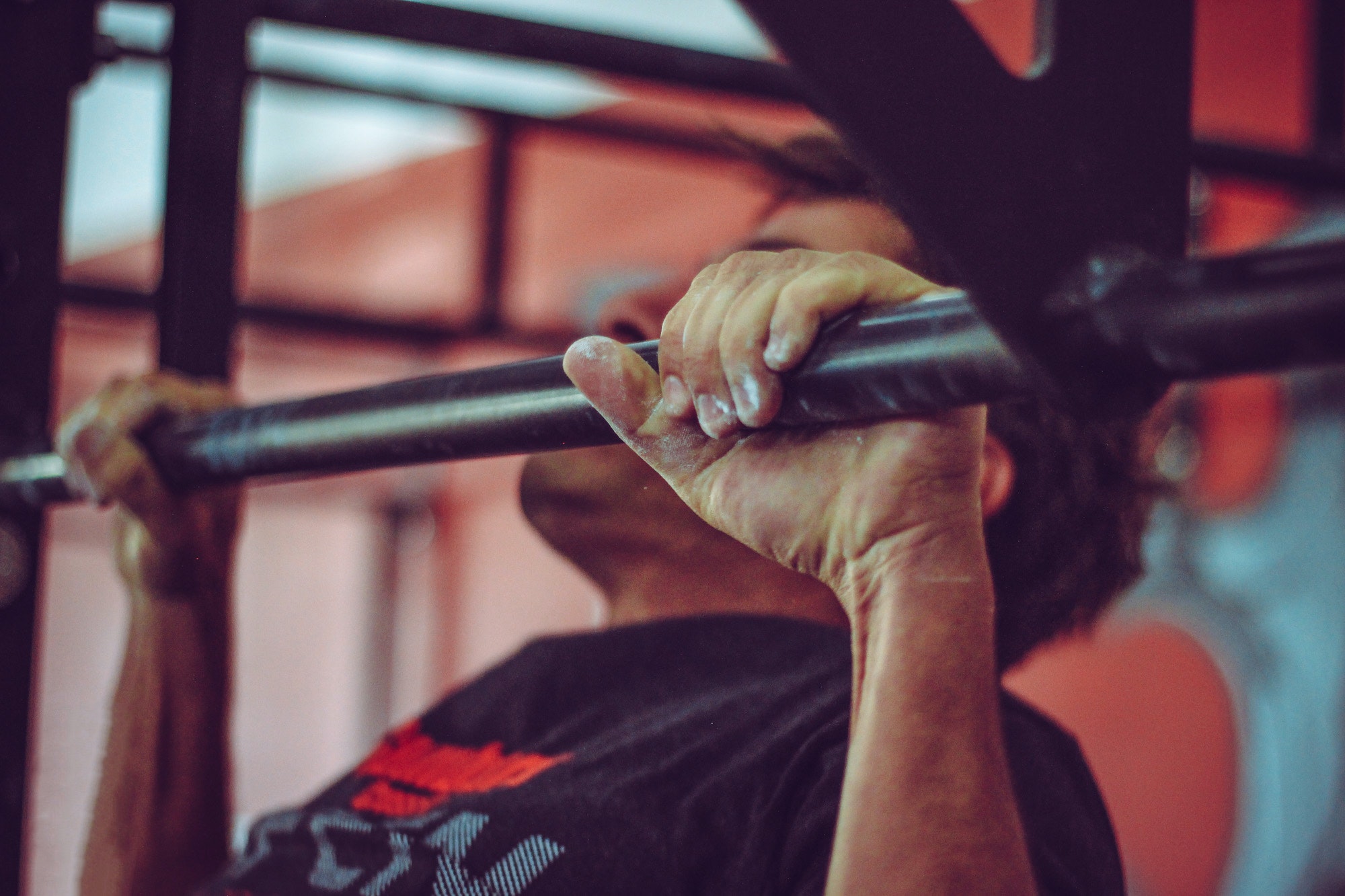Customer Support | Call us on 02 4257 1105 or reach out to us via email info@morgansports.com.au
Love Your New Equipment? Drop A Review & Win a $100 Gift Voucher | You Will Be Contacted Via DM!
Customer Support | Call us on 02 4257 1105 or reach out to us via email info@morgansports.com.au
Love Your New Equipment? Drop A Review & Win a $100 Gift Voucher | You Will Be Contacted Via DM!



Date Posted:15 March 2021

Thinking about building a home gym for a more private and convenient workout experience? Pull-up bars are a must-have for your setup. They’re affordable, space-efficient, and incredibly versatile. In this guide, we answer the most common questions about pull-up bars to help you make the best choice.
The best pull-up bar for your home depends on your space, workout goals, and preferences. Here are some popular options:
Yes, achieving 12 pull-ups is impressive! Here's a general guide:
Use these benchmarks to set your goals based on your fitness level, gender, and body weight.
Pull-ups are excellent for building upper body strength and burning calories, but they primarily target your back, arms, and shoulders—not your belly. To reduce belly fat effectively, combine pull-ups with a calorie deficit, cardio, and core-focused exercises.
Yes, pull-ups are joint-friendly and build functional strength. You can even adjust your grip and angles to target specific muscle groups. However, listen to your body and ensure proper recovery to avoid overtraining.
Door pull-up bars are safe if installed and used correctly. To minimize risks:
Improper installation can cause issues like paint chipping or dents. To protect your door frame:
Most doorway pull-up bars support 110–140 kg. However, not all door frames are suitable. If unsure, consult an expert before installation.
No bar? No problem! Try these alternatives:
These exercises require common household items and can help you get started.
Yes, door pull-ups are a fantastic upper body workout, improving grip strength and muscle tone. They’re beginner-friendly and versatile, making them suitable for most fitness levels.
Yes, pull-ups and their variations can help you achieve a toned upper body. However, for full-body muscle development, combine pull-ups with other exercises and a balanced diet.
Yes, but build up gradually. Start with a manageable goal, like 10 pull-ups daily, and progressively increase as your strength improves. Overdoing it too soon can lead to injury or burnout.
Pull-ups primarily target your back, arms, and shoulders, but variations like leg raises or windshield wipers engage your core muscles effectively. Include these in your routine for a six-pack:
To pass the Navy SEAL Physical Screening Test (PST), candidates need a minimum of 10 pull-ups. Competitive SEALs often aim for 15–20 reps.
Absolutely! Pull-up bars are durable, versatile, and cost-effective. Invest in high-quality equipment from trusted suppliers, like Morgan Sports, for long-lasting performance.
Pull-up ability varies with age and fitness. For instance:
The world record for most pull-ups in 1 minute is 52, held by Vitaly Petrovich.
Start small:
Always allow recovery time to prevent overtraining.
Pull-ups are challenging because they require lifting your entire body weight, engaging multiple muscle groups simultaneously. If you struggle, focus on improving grip strength and arm muscles with weight training and assisted pull-up variations.
A pull-up bar is a valuable addition to any home gym. It’s easy to use, space-efficient, and highly durable. With regular use, it can help you build strength, endurance, and a toned upper body. Whether you’re a beginner or a seasoned athlete, pull-ups are a great way to challenge yourself and achieve your fitness goals.